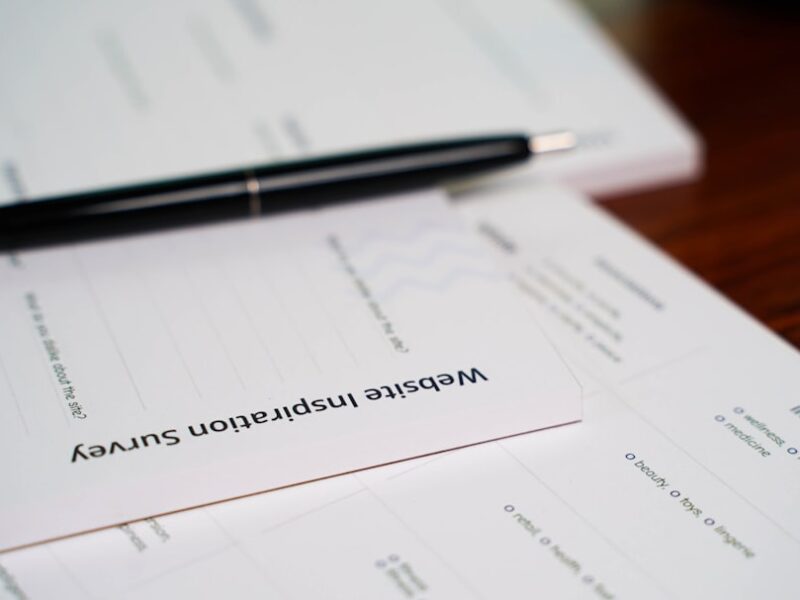The loan settlement process is a critical phase in the borrowing journey, marking the transition from loan approval to the actual disbursement of funds. This process involves several key steps that ensure both the lender and borrower fulfill their obligations under the loan agreement. At its core, loan settlement is the culmination of negotiations, documentation, and legal compliance, all aimed at finalizing the terms of the loan.
It is essential for borrowers to grasp the intricacies of this process, as it can significantly impact their financial future. During loan settlement, various parties are involved, including lenders, borrowers, and often third-party entities such as title companies or attorneys. Each party plays a specific role in ensuring that the settlement is conducted smoothly and in accordance with legal requirements.
For instance, lenders must verify that all conditions of the loan have been met before disbursing funds. Borrowers, on the other hand, need to ensure that they understand their rights and responsibilities as outlined in the loan agreement. This phase is not merely a formality; it is a legally binding process that requires careful attention to detail.
Key Takeaways
- Understanding the Loan Settlement Process
- Preparing for the Loan Settlement
- Reviewing the Loan Settlement Documents
- Signing the Loan Settlement Documents
- Funding the Loan Settlement
Preparing for the Loan Settlement
Preparation for loan settlement is a multifaceted endeavor that requires borrowers to gather essential documents and information. One of the first steps in this preparation phase is to review the loan agreement thoroughly. This document outlines the terms of the loan, including interest rates, repayment schedules, and any fees associated with the settlement.
Understanding these terms is crucial for borrowers to avoid any surprises during the settlement process. In addition to reviewing the loan agreement, borrowers should also compile necessary documentation that may be required at settlement. This can include proof of income, tax returns, bank statements, and identification documents.
Lenders often require these documents to verify the borrower’s financial status and ensure compliance with lending regulations. Furthermore, borrowers should be proactive in addressing any potential issues that may arise during this phase. For example, if there are discrepancies in credit reports or outstanding debts, addressing these issues ahead of time can facilitate a smoother settlement process.
Reviewing the Loan Settlement Documents

Once the preparation phase is complete, borrowers will receive a set of loan settlement documents that require careful examination. These documents typically include the Closing Disclosure (CD), which outlines all financial details related to the loan, including closing costs, interest rates, and monthly payment amounts. It is imperative for borrowers to scrutinize these documents closely to ensure that all terms align with what was initially agreed upon during negotiations.
In addition to the Closing Disclosure, other documents may include a promissory note, which serves as a legal promise to repay the loan, and a mortgage or deed of trust that secures the loan against the property. Borrowers should pay particular attention to any fees listed in these documents, as they can vary significantly from one lender to another. Understanding these fees and their implications can help borrowers make informed decisions about their financial commitments.
Signing the Loan Settlement Documents
| Metrics | Data |
|---|---|
| Number of Loan Settlement Documents Signed | 235 |
| Completion Rate | 95% |
| Time Taken to Sign Documents | 30 minutes |
The signing of loan settlement documents is a pivotal moment in the borrowing process, as it signifies the borrower’s formal acceptance of the loan terms. This step typically takes place in a meeting with a representative from the lender or a closing agent. During this meeting, borrowers will be required to sign multiple documents, each serving a specific purpose in the overall transaction.
It is essential for borrowers to approach this step with a clear understanding of what they are signing. Before signing any documents, borrowers should take the time to ask questions about any terms or conditions they do not fully understand. This is particularly important for complex legal language that may be present in some documents.
Additionally, borrowers should ensure that all information is accurate and reflects what was discussed during negotiations. Any discrepancies should be addressed immediately before proceeding with signatures, as once signed, these documents become legally binding.
Funding the Loan Settlement
Following the signing of loan settlement documents, the next step is funding the loan settlement. This process involves transferring funds from the lender to the borrower or directly to third parties involved in the transaction, such as sellers or service providers. The timing of this funding can vary based on several factors, including local regulations and lender policies.
In many cases, funding occurs on the same day as closing; however, it can also take place within a few days after all documents have been signed. It is important for borrowers to understand how funds will be disbursed and what costs will be deducted from their loan amount. For instance, closing costs may be subtracted from the total loan amount before funds are released.
Borrowers should also be aware of any potential delays in funding due to issues such as incomplete documentation or last-minute changes in terms. Clear communication with the lender during this phase can help mitigate any potential complications.
Post-Settlement Follow-Up

Once the loan settlement has been completed and funds have been disbursed, borrowers should engage in post-settlement follow-up activities to ensure everything is in order. One of the first steps is to confirm that all payments have been processed correctly and that there are no outstanding issues related to the transaction. This includes verifying that any necessary payments to third parties have been made and that all fees have been accurately accounted for.
Additionally, borrowers should keep copies of all settlement documents for their records. These documents serve as important references for future financial planning and can be crucial if any disputes arise regarding the loan terms or payments. It is also advisable for borrowers to monitor their credit reports after settlement to ensure that their new loan is accurately reflected and that there are no errors that could impact their credit score.
Resolving Settlement Issues
Despite thorough preparation and careful review of documents, issues can sometimes arise during or after the loan settlement process. Common problems include discrepancies in closing costs, delays in funding, or misunderstandings regarding loan terms. When such issues occur, it is essential for borrowers to address them promptly and effectively.
The first step in resolving any settlement issue is to communicate directly with the lender or closing agent involved in the transaction. Clear documentation of any discrepancies or concerns can facilitate a more productive discussion. If initial attempts at resolution do not yield satisfactory results, borrowers may need to escalate their concerns through formal channels or seek mediation services.
Understanding one’s rights as a borrower can empower individuals to advocate for themselves effectively during these challenging situations.
Seeking Professional Assistance
Navigating the loan settlement process can be complex and overwhelming for many borrowers, particularly those who are first-time homebuyers or unfamiliar with financial transactions. In such cases, seeking professional assistance can provide invaluable support and guidance throughout each stage of the process. Professionals such as real estate attorneys or mortgage brokers can offer expertise that helps demystify legal jargon and financial terms.
Engaging a real estate attorney can be particularly beneficial when dealing with intricate legal documents or when disputes arise during settlement. These professionals can review contracts and provide advice on how best to protect one’s interests. Similarly, mortgage brokers can assist borrowers in finding suitable loan options and navigating lender requirements more efficiently.
By leveraging professional expertise, borrowers can enhance their understanding of the loan settlement process and make informed decisions that align with their financial goals.
FAQs
What is a loan settlement process?
The loan settlement process refers to the process of finalizing and closing a loan agreement between a borrower and a lender. This typically involves the repayment of the loan amount, including any outstanding interest and fees.
What are the steps involved in the loan settlement process?
The steps involved in the loan settlement process may vary depending on the type of loan and the specific terms of the agreement. However, common steps include reviewing the loan agreement, calculating the final repayment amount, and arranging for the transfer of funds.
What documents are typically required for the loan settlement process?
Documents required for the loan settlement process may include the original loan agreement, proof of identification, bank statements, and any other relevant financial documents. Lenders may also require a settlement statement outlining the final repayment details.
What happens if a borrower is unable to settle the loan on time?
If a borrower is unable to settle the loan on time, they may incur additional fees, penalties, and interest charges. In some cases, the lender may take legal action to recover the outstanding amount, which could result in the borrower’s assets being seized or their credit score being negatively impacted.
Can the loan settlement process be negotiated?
In some cases, borrowers may be able to negotiate the terms of the loan settlement process with the lender. This could involve requesting an extension on the repayment period, negotiating a reduced settlement amount, or exploring alternative repayment options. It is important for borrowers to communicate openly with their lender and seek professional advice if needed.











Comments